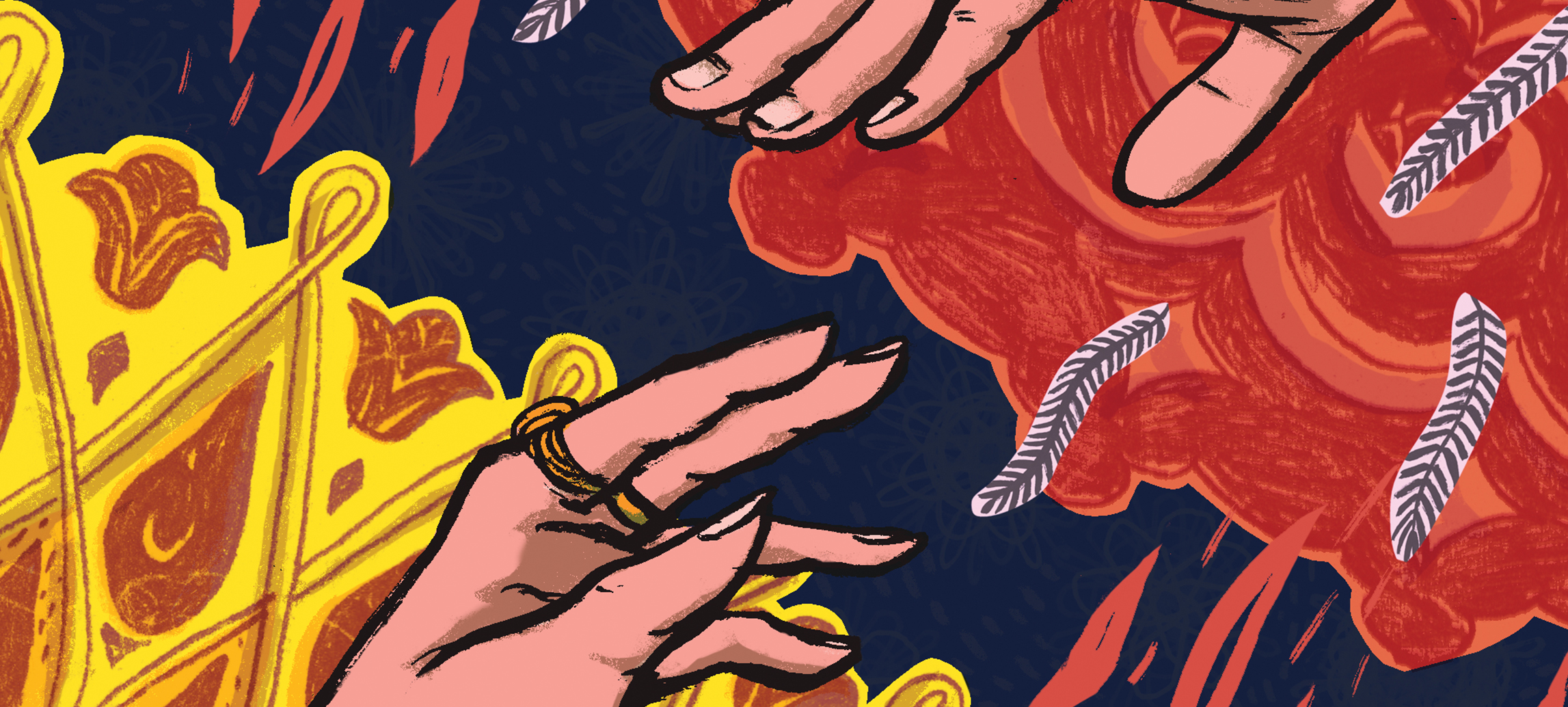
Aditya Narayan Dhairyasheel Haksar is a well-known translator of Sanskrit classics. For many years a career diplomat, he served at the United Nations and as the Indian high commissioner and ambassador in various countries. His translations from Sanskrit include those of several great works by ancient poets like Bhasa and Kalidasa, Bhartrihari and Dandin, Kshemendra and Kalyana Malla, all published as Penguin Classics. He has also compiled A Treasury of Sanskrit Poetry, which was recently translated into Arabic in the UAE.
His recent translated work A Tale of Wonder talks about Yusuf and Zuleikha’s biblical love story that travels across regions-ultimately reaching medieval India where it is transformed by Shaivite overtones. The result is an exquisite epic love poem of love which also attests to the rich diversity of India’s cultural past.
Magnificent in its simple elegance, A Tale of Wonder is a timeless story that challenges the insidious notion that India has always been dominated by one faith only and insular to other cultural and religious influences.
Read more about his research methodology here!
What is your research process like?
There is no specific research process for my translations from Sanskrit. They began as a method for better learning that ancient language on my own. They have continued over the years for bringing its many wonderful but now less known aspects before today’s readers..
What propelled you to translate Yusuf Wa Zuleikha?
The name you have used is of a famous poem in medieval Persian. It inspired another in Sanskrit called Kathakautukam that I translated as A Tale of Wonder. I came across it while translating for Penguin another based on Arabic/Hebraic sources called Suleiman Charitra, Both are remarkable for depicting a little-noted cultural confluence in India’s great language. What led me to translate this one was its description in Sanskrit of the Founder of Islam as paigambar shiromani, or crown jewel of the prophets, to whom this tale was revealed by a divine messenger. This was the first reference to the Prophet that I have seen in Sanskrit.
How was the experience of translating Yusuf Wa Zuleikha different from your other translations?
All my translations have been from the clear and precise wording of classical Sanskrit. This one was not too different. But, done at a trying time for my health, it was a real tonic for me!
How would you see our relationship with Sanskrit in recent times?
Over the last couple of centuries, Sanskrit has tended to be seen as mainly a religious, philosophic and scriptural language. The work of eminent foreign scholars as well as its study system here have also strengthened this impression. This has overshadowed many other dimensions of its vast literature. Apart from the scientific and didactic, these also include the poetic and narrative comic and erotic, cynical and satirical, and common colloquial rather than refined. More translation is one way to present them before today’s readers, and this process has already begun.
How have various cultural and religious influences impacted traditional literature?
This is a very wide question, difficult for a brief answer, All I can say is that there is a cultural confluence reflected in many Sanskrit works that need more exposure today, as also do its other dimensions, already mentioned.
Read A.N.D. Haksar latest take on Srivara’s classic, in A Tale of Wonder









